Sri Lanka’s Hambantota Port To Have National Rail Connectivity By 2023
Expect An Investment Boom Along Sri Lanka’s Southern Coast
Op/Ed by Chris Devonshire-Ellis
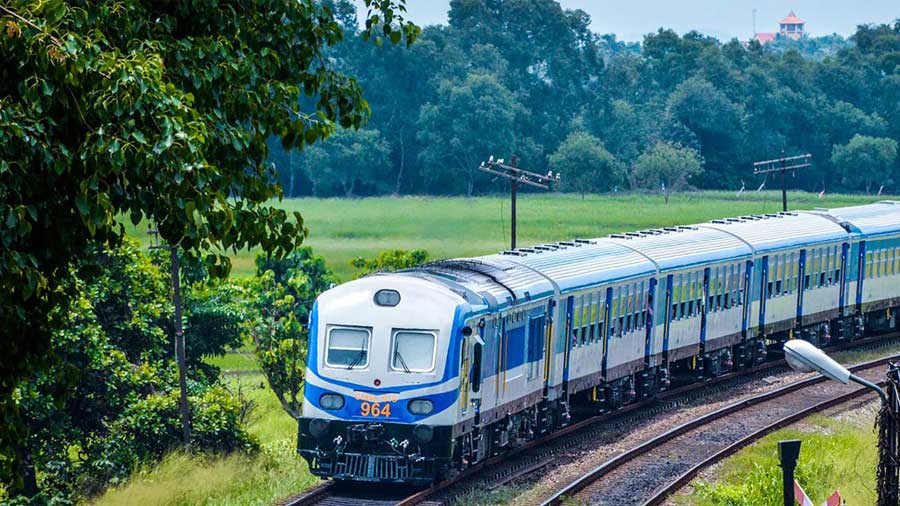
Sri Lanka’s much-maligned Hambantota Port and Airport is about to receive a boost as the Chinese-constructed railway extension from Matara through Beliatta and onto Hambantota has been approved by the State cabinet and should be operational by 2023.
Sri Lanka’s Transport Minister Mahinda Amaraweera stated this week that Cabinet approval has been granted to commence the construction of the railway line on which trains can travel at 100-120 km per hour, a considerable improvement on the current operating speed. The feasibility study and land acquisition for the construction of the railway line will be completed this year. Construction will begin early in 2021, with the first train scheduled to run in 2023. Unlike much of the Sri Lankan rail network, the Hambantota line will be double track. There are plans to extend the doubling of capacity through to Colombo, much of which is currently single track.
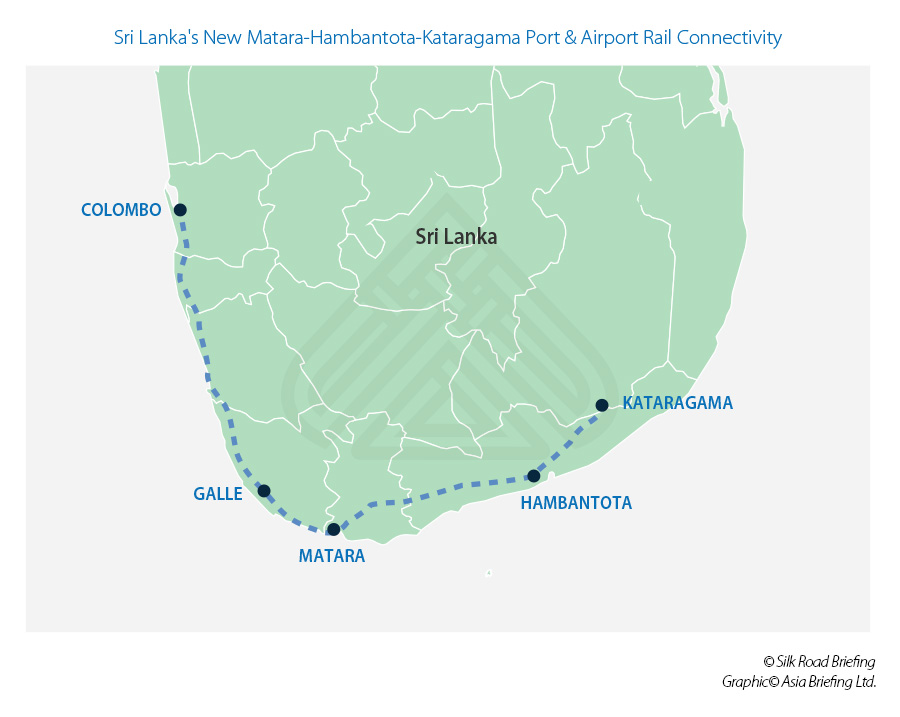
The Minister said that the construction of the railway line from Matara to Beliatta has already been completed, including the Nilwala river bridge, and that no problems would arise during the construction of the tracks up to Hambantota as the terrain is flat and clear of any other required major construction works. However, the aim is to use local engineers and technology as much as possible in the construction of the route as Sri Lankan engineers and construction workers had been trained and learning from the original Chinese contractors. 90% of the funding has been provided by China’s CITIC State-Owned Enterprise.
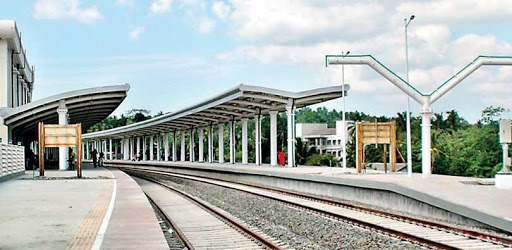
The Upgraded Double Track Matara Rail Station
The new Beliatta-Hambantota line comprises 48km of new track, connecting the Hambantota Airport and Port to much needed rail connectivity to the national network including access to Galle and the capital city of Colombo.
The line will be further extended into Uva Province and an additional 39.5km from Hambantota to Kataragama, an important site both for tourism access to the Yala Wildlife Reserve and numerous Buddhist pilgrimage sites. The E1 Southern Expressway, which is linked directly to Galle and onto Colombo and runs through service both the Port and Airport, was completed last year and is already open.
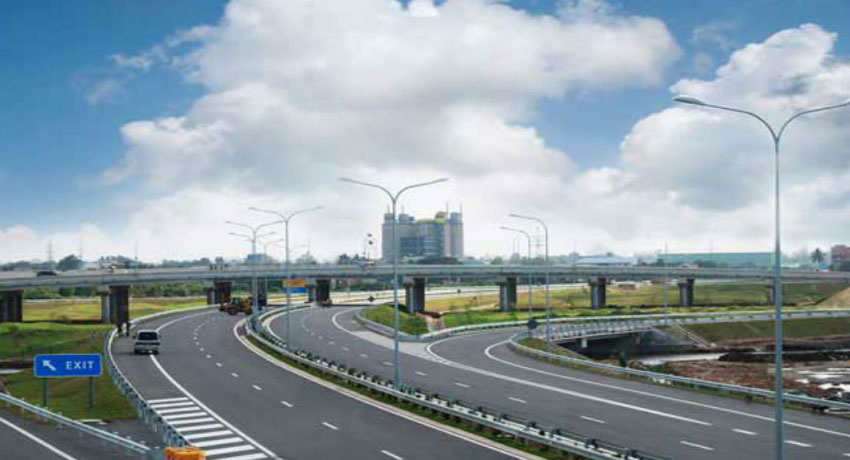
All roads lead to Hambantota: The E1 Southern Expressway
The Hambantota infrastructure build of the Port and Airport has come under much criticism from media unfamiliar with Sri Lankan dynamics. Both were built with Chinese investment, with the Hambantota Airport completed in 2014 and targeted at servicing inbound flights from South-East Asia, including nearby Thailand, Singapore as well as Hong Kong and China, as it lies on the east coast, shaving 30 minutes flight time to Colombo and providing easier and less time-consuming travel time to Sri Lanka’s famed eastern beach resorts. However, the project was considered too strongly connected with the previous President Mahinda Rajapaksa, who lost the Presidential election in 2015 to Maithripala Sirisena. Due to the strong association of the Hambantota build to Rajapaksa, work to continue the development of Hambantota effectively ceased. However the recent Sri Lankan elections last month have returned the Rajapaksa family to power, with Mahinda Rajapaksa now the elected Prime Minister and his elder brother, Nandasena Rajapaksa now President. Consequently the Hambantota projects are now being revived, including the politically delayed rail connections and related infrastructure projects.
The Hambantota Airport, after five years of being largely inactive is now being further upgraded and flights expected to resume once the Covid-19 situation clears, probably in mid 2021. The airport will be managed by the Airports Authority of India.
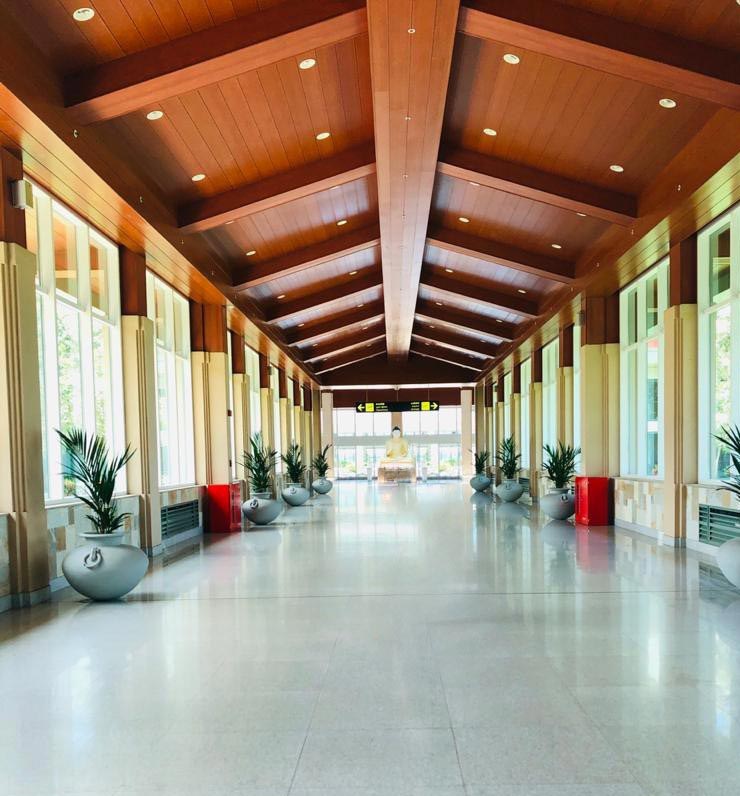
Hambantota International Airport Arrivals. Empty, but not for long.
The Hambantota Seaport, which includes a Free Trade and Logistics Zone, was leased to China by the Sirisena Government, who granted an 85% stake of the Hambantota Port to China Merchant Port Holding Company for 99 years after Sri Lanka ran out of money to service the construction debt. However the Rajapaksa’s, now back in power stated last week that leasing Hambantota Port to China for such a long period was ‘a mistake’ leading to speculation this may be renegotiated.
Needless to say the US Government has interfered and has imposed sanctions on Chinese companies involved in building infrastructure in Sri Lanka.
The sanctions targeted companies and individuals involved with constructions in the South China Sea, particularly the building of artificial islands as part of the Belt & Road initiative, and have made it illegal for American companies to export products to these entities without a Government licence. Although Sri Lanka is in the Indian Ocean rather than the South China Sea, the sanctions impact on Chinese developers operations worldwide and therefore affect Sri Lanka as well as other countries around the world using sanctioned Chinese contractors.
Beijing and Sri Lanka however will merely source from their own South-East Asian resources including India and Pakistan, whom Sri Lanka has free trade deals with via its membership of the SAARC trade bloc.
The news concerning the long awaited rail connectivity of Hambantota to Sri Lanka’s national rail network will boost the value of land and create local investment opportunities along Sri Lanka’s southern coast. There will be increasing demand for travel, tourism and rail haulage, container and breakbulk facilities in the region: now is the time to start looking at investments. This scenario follows on the heels of developments and asset appreciations in the related Colombo Port City project, which is now also turning into an investment cash cow.
Related Reading
- Sri Lanka’s Capital Opens South East Asia’s Tallest Tower, Using Belt & Road Funding
- China’s Belt and Road Initiative is Being Blamed for Sri Lanka’s Hambantota Port Problems. But the Real Story is Rather Different.
About Us
Silk Road Briefing is written by Dezan Shira & Associates. The firm has 28 offices throughout Asia, and assists foreign investors into the region. For strategic advisory and business intelligence issues please contact the firm at silkroad@dezshira.com or visit www.dezshira.com





